Best Perennials for your garden | Peonies
Written by H, Posted in Gardening
“A rare fusion of fluff and majesty, the peony is now coming into bloom.” {Henry Mitchell}
The peony has long been one of my favourite flowers; a relatively low maintenance perennial, peonies look pretty, emit a delicate fragrance, and require relatively little attention (unless you want to trim them and enjoy the peonies from your garden indoors, then you have to deal with ants, which we’ll get to later in this post).
If you’re in the midst of planning your spring garden, peonies should definitely be on your list of perennials to include in your garden design.
Looking to include peonies in your garden this year? Here are some gardening tips to consider when planting peonies:
- Your best bet is plant peonies in the fall. I know, I know, we’re coming in to spring, but this is a very important fact to consider. We transplanted a peony plant year before last in the spring, and it was basically a season behind the other peony plants already in the garden.
- Peonies love full sun. They also require regular watering.
- Some magazines and websites will tell you that peonies should be planted on their own; we’ve got our cluster planted at the foot of a hybrid lilac tree, and they thrive. No competition there.
- If you’re looking to trim your peonies to enjoy indoors, but run into “ants” tucked away under the peony petals, don’t panic! The ants are actually eating the nectar and have been known to keep peony plants free from disease. A good rule of thumb if you’re looking to trim your peonies and bring them indoors is to prepare a bowl of warm water with Dawn soap (the blue works best) and then dunk each bloom. The ants should come right off in the water, and the Dawn soap won’t hurt your peonies.
- Popular varieties of the peony plant include the firelight (pale pink blossoms that bloom relatively early), Karl Rosenfield (large dark pink or crimson blossoms that bloom later than the other varieties), and early scouts (magenta/bright red that bloom early in the season).

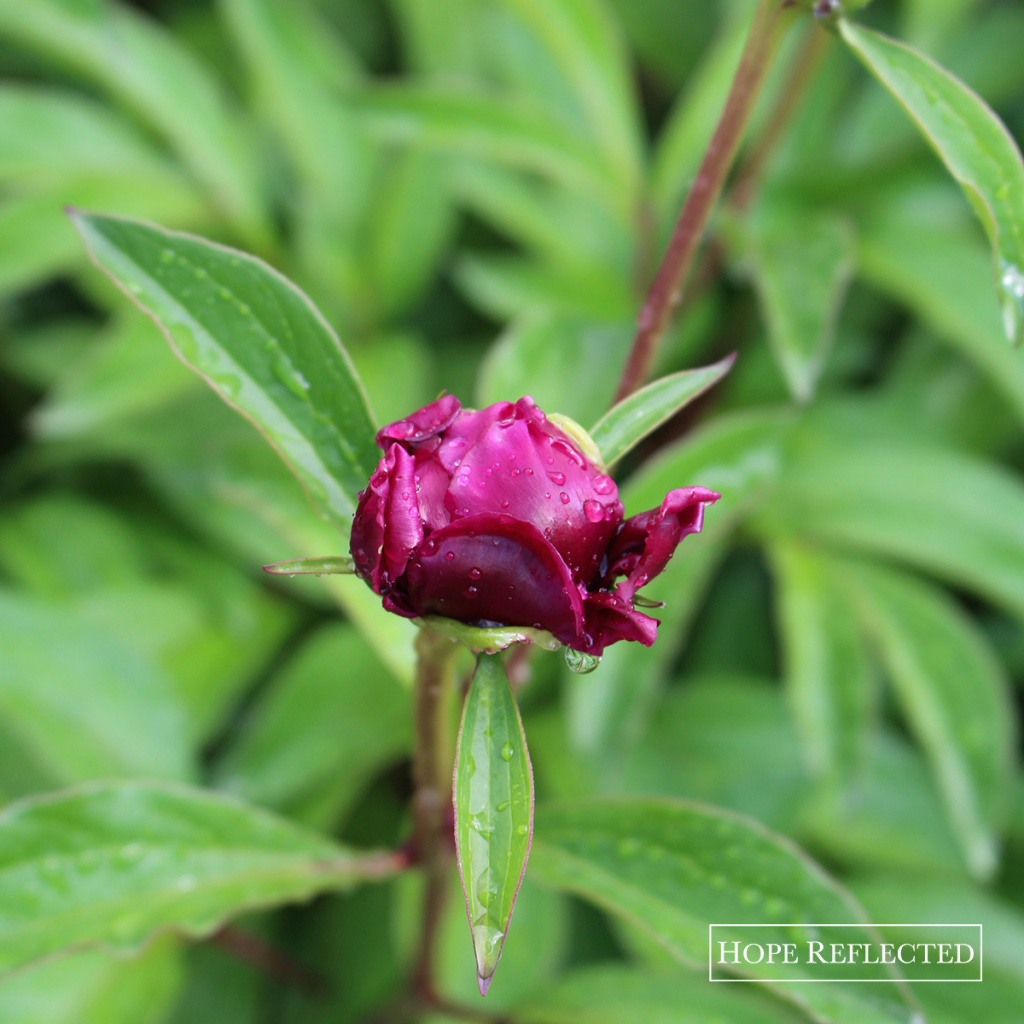
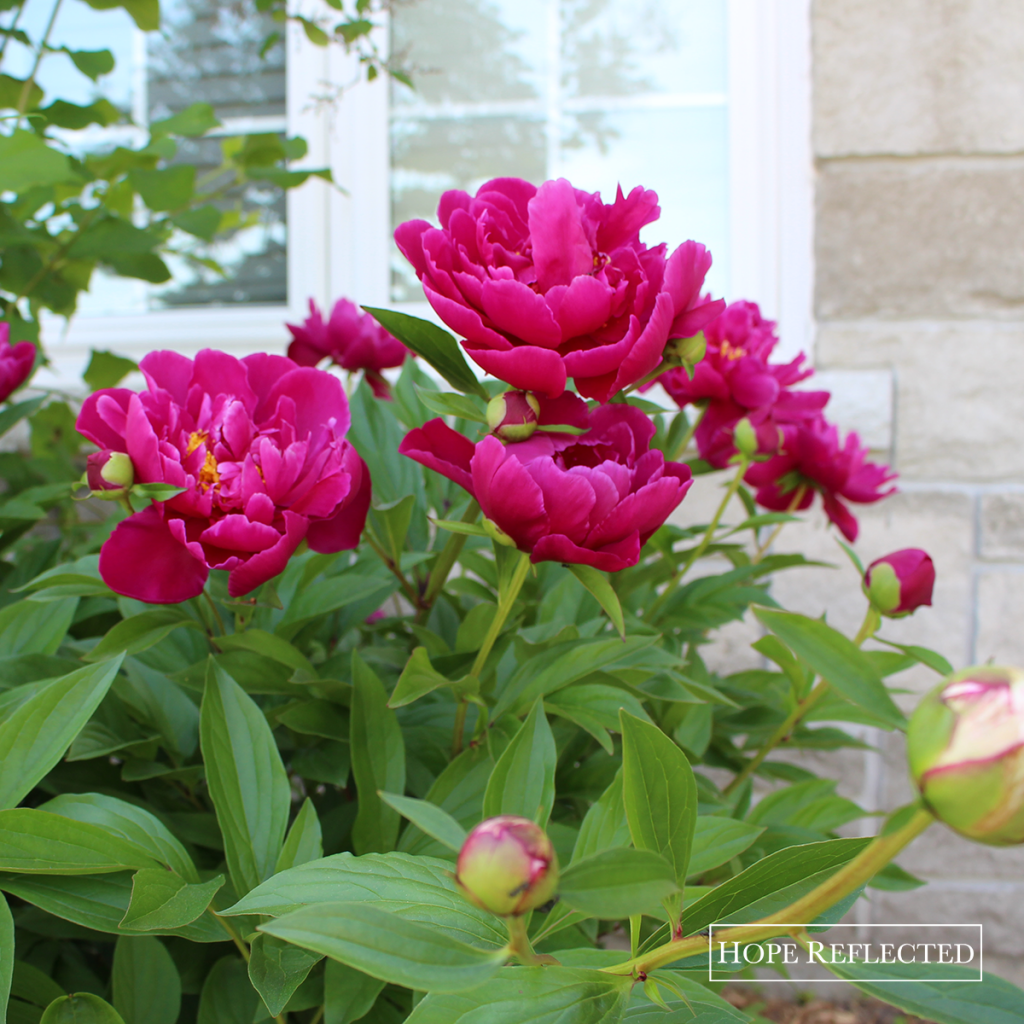
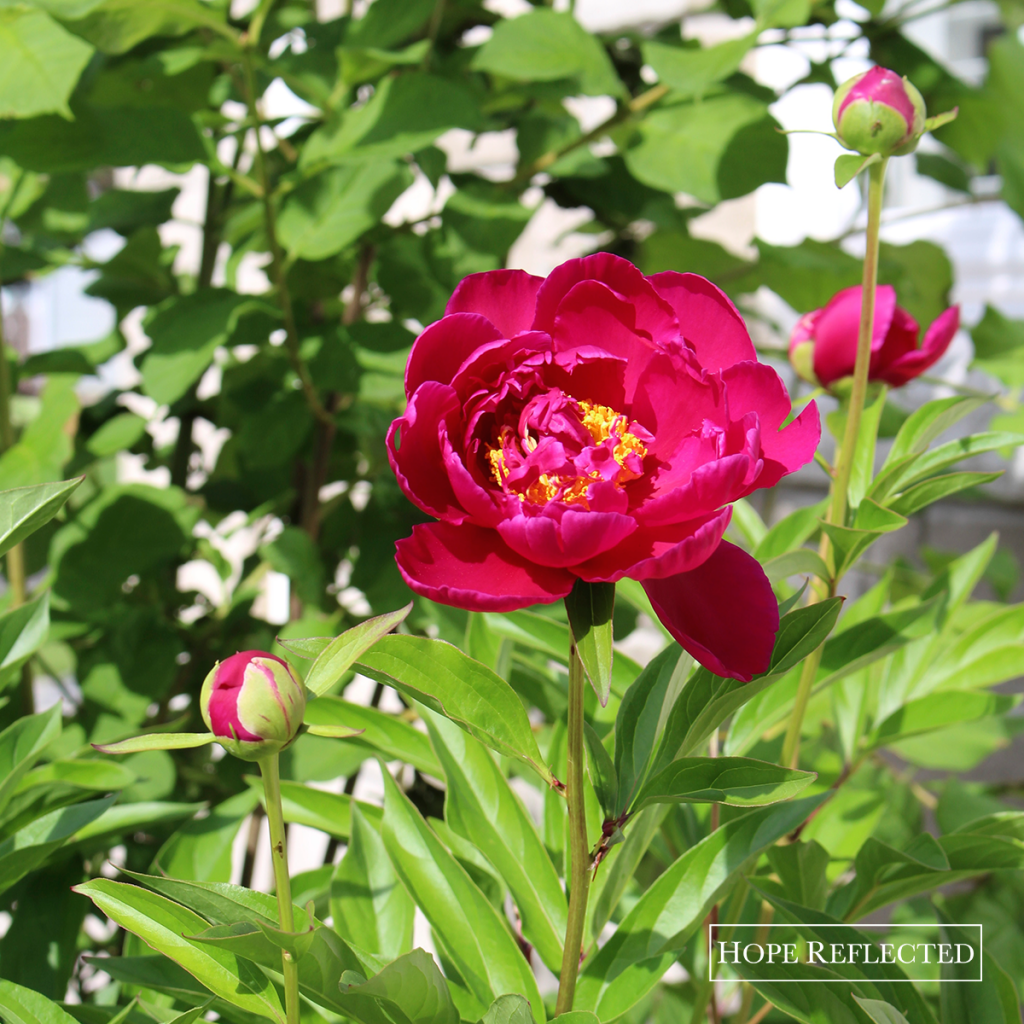
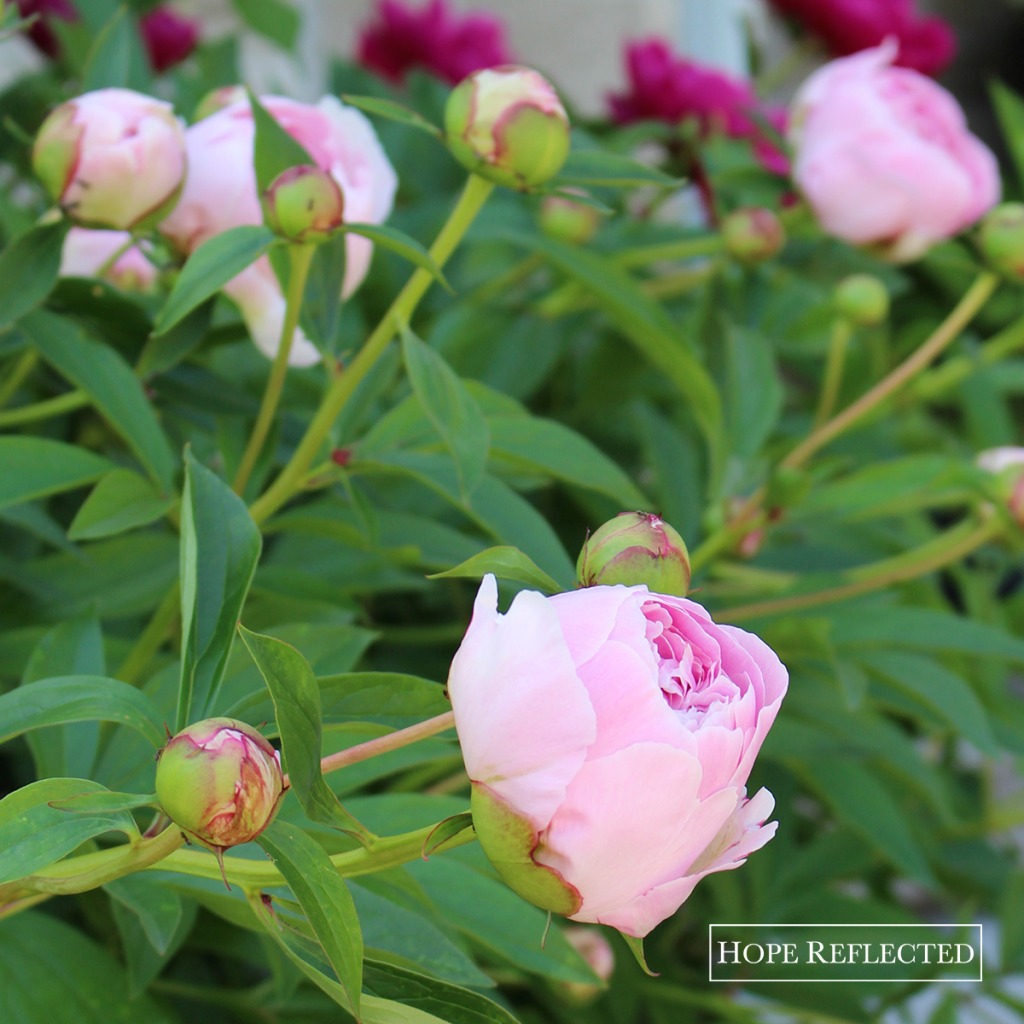
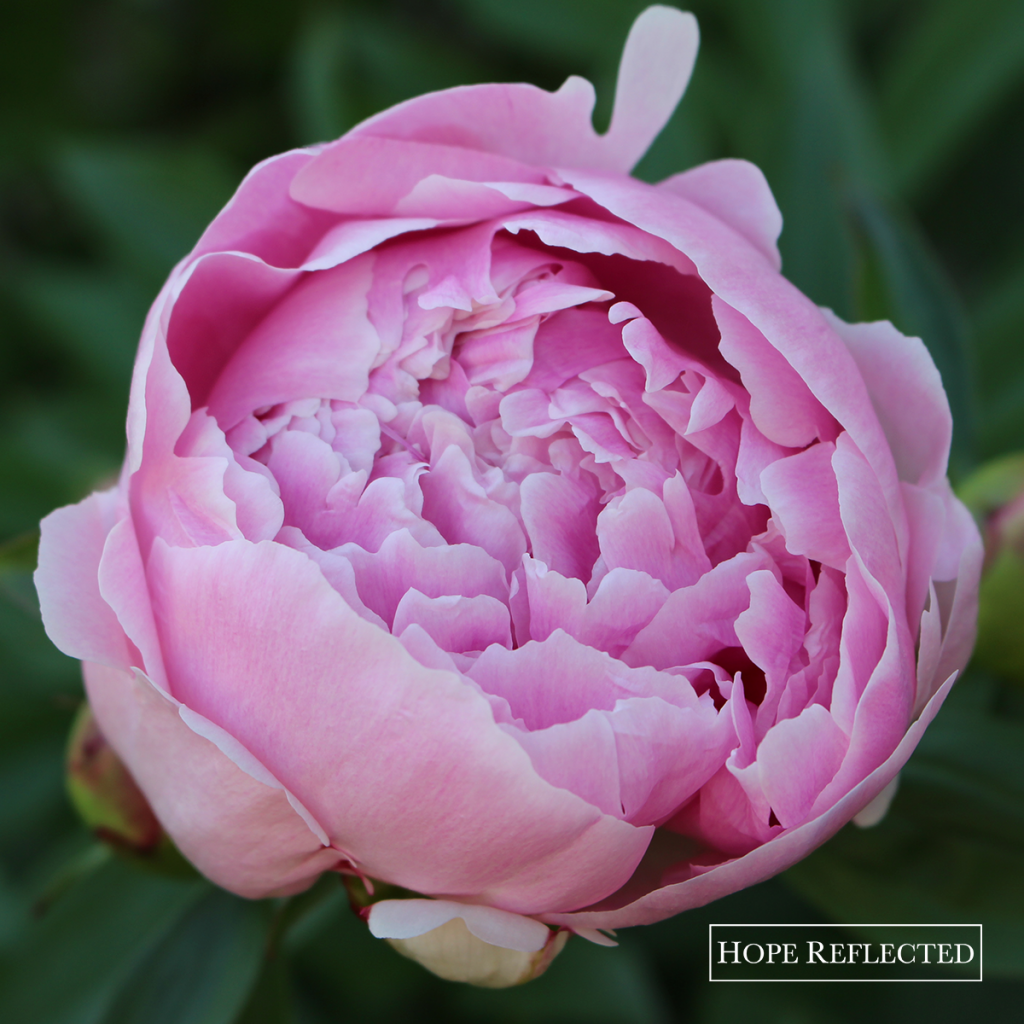
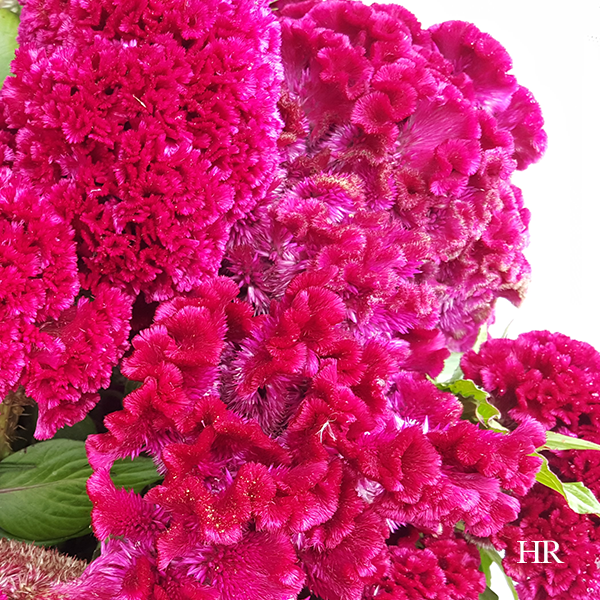
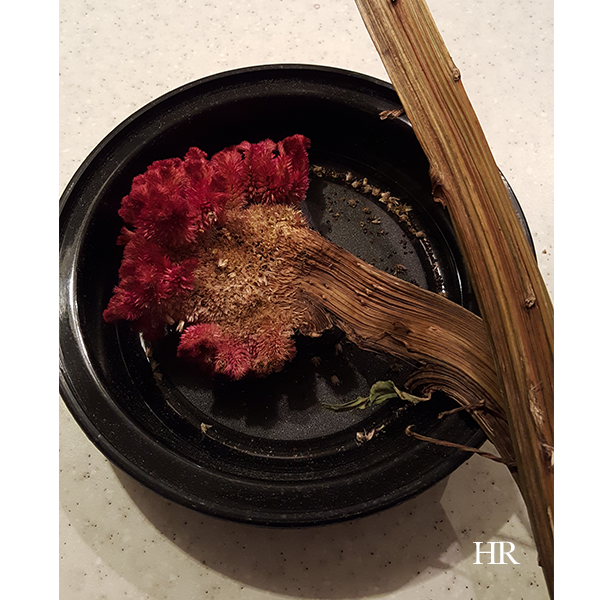
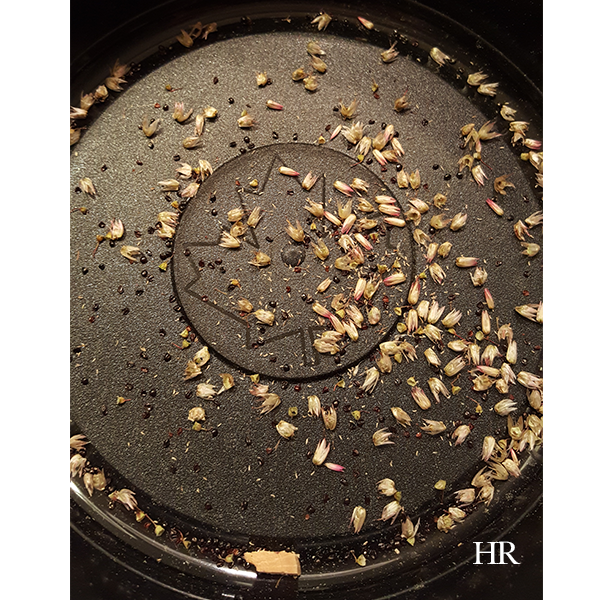
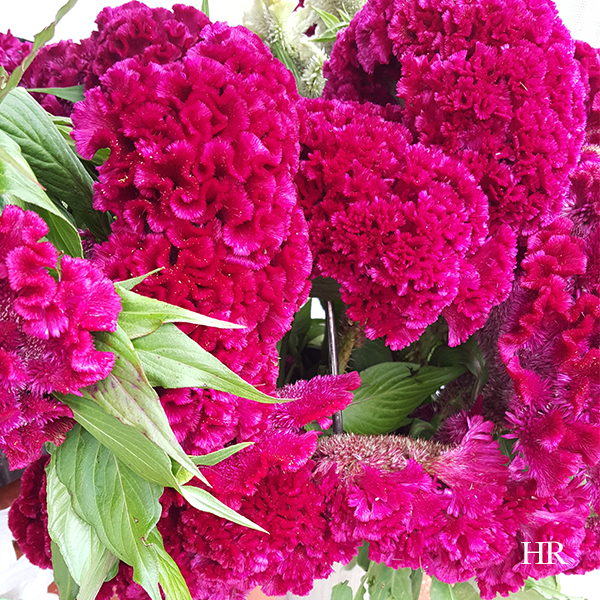

![False friends or counterfeit kindness; whatever you want to call it, the world is filled with people who will say one thing to your face and then another behind your back; people who will woo you in order to get something from you.
It’s sad, but it’s true.
The Bible provides us with examples from Joab to Judas, and yet, we’re surprised when we find ourselves deceived and hurt by someone else.
So what are some of the hallmarks of a true friend?
You can read more about this on hopereflected.com [Link in profile]
.
.
.
#friends #friendship #kindness #counterfeitkindness #hurt #proverbs #truefriends #hopereflected #blog #blogpost](https://www.hopereflected.com/wp-content/plugins/instagram-feed/img/placeholder.png)